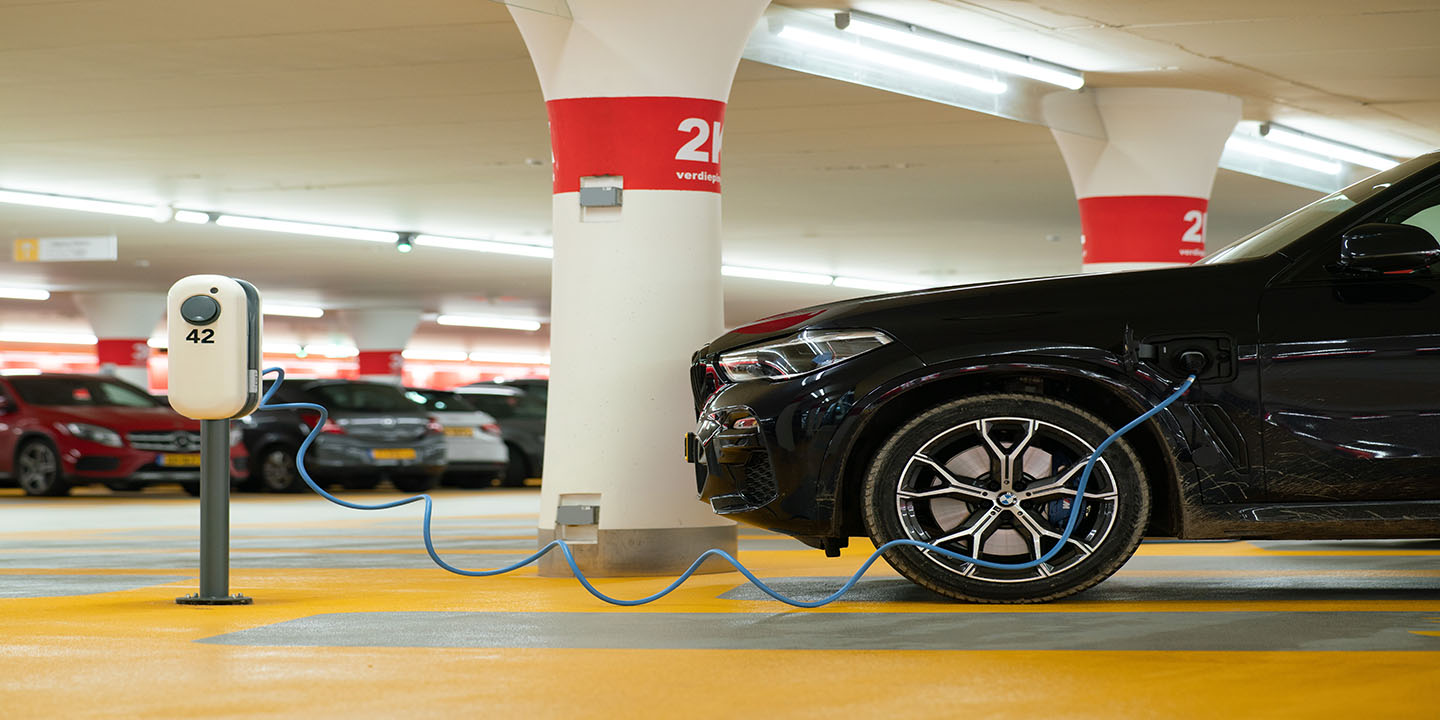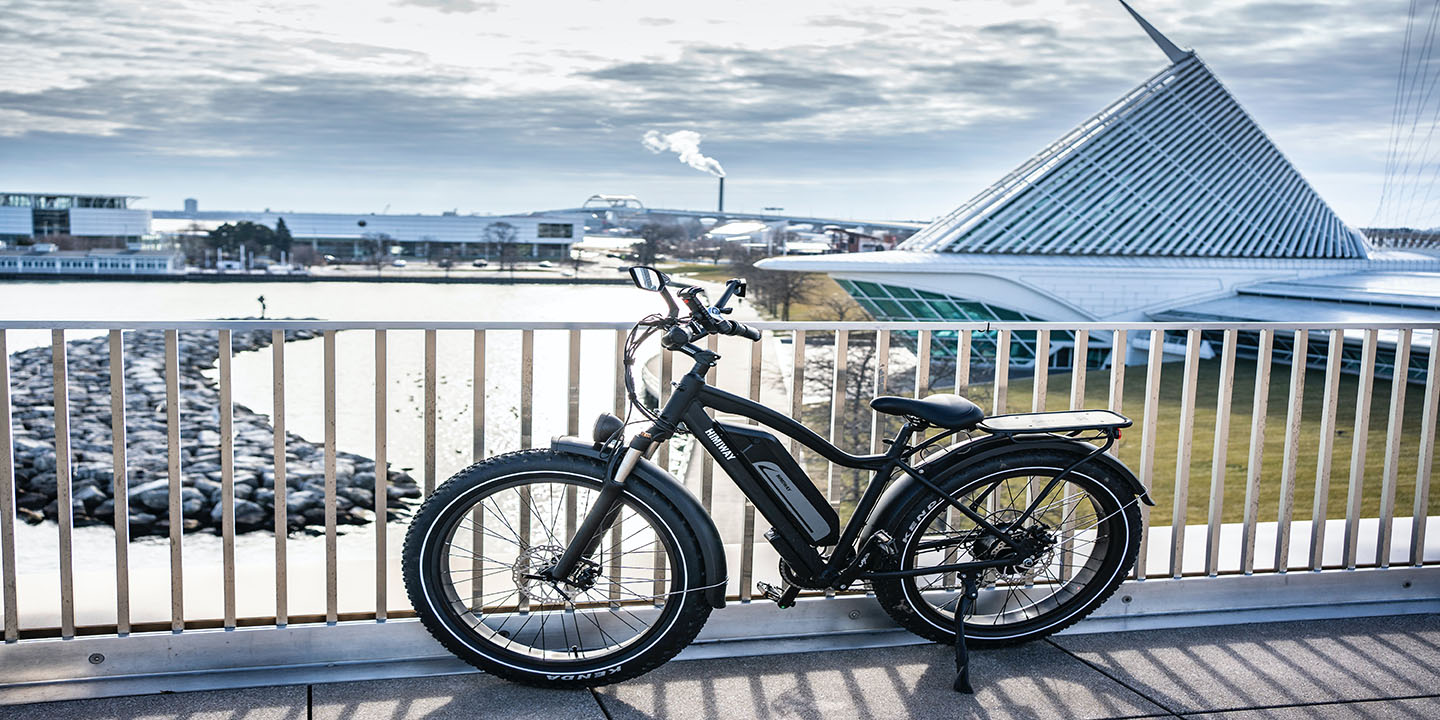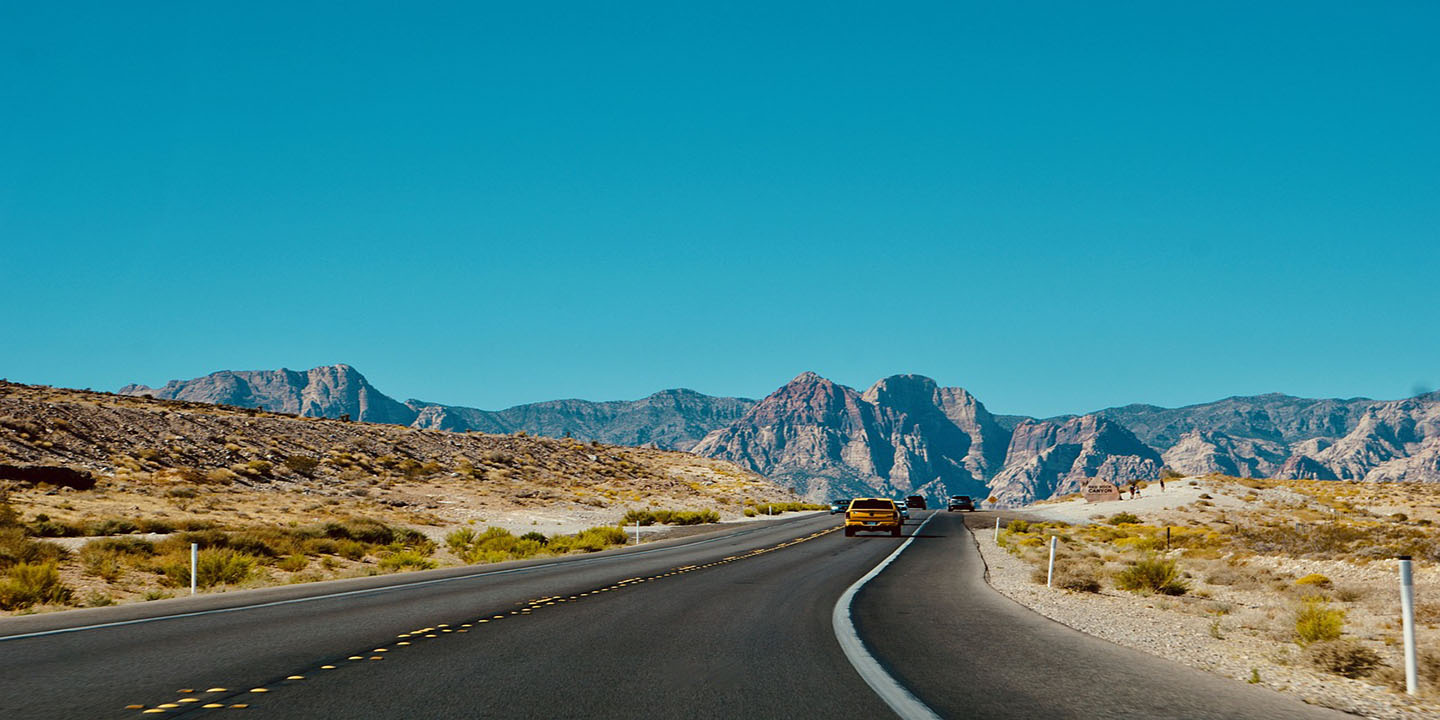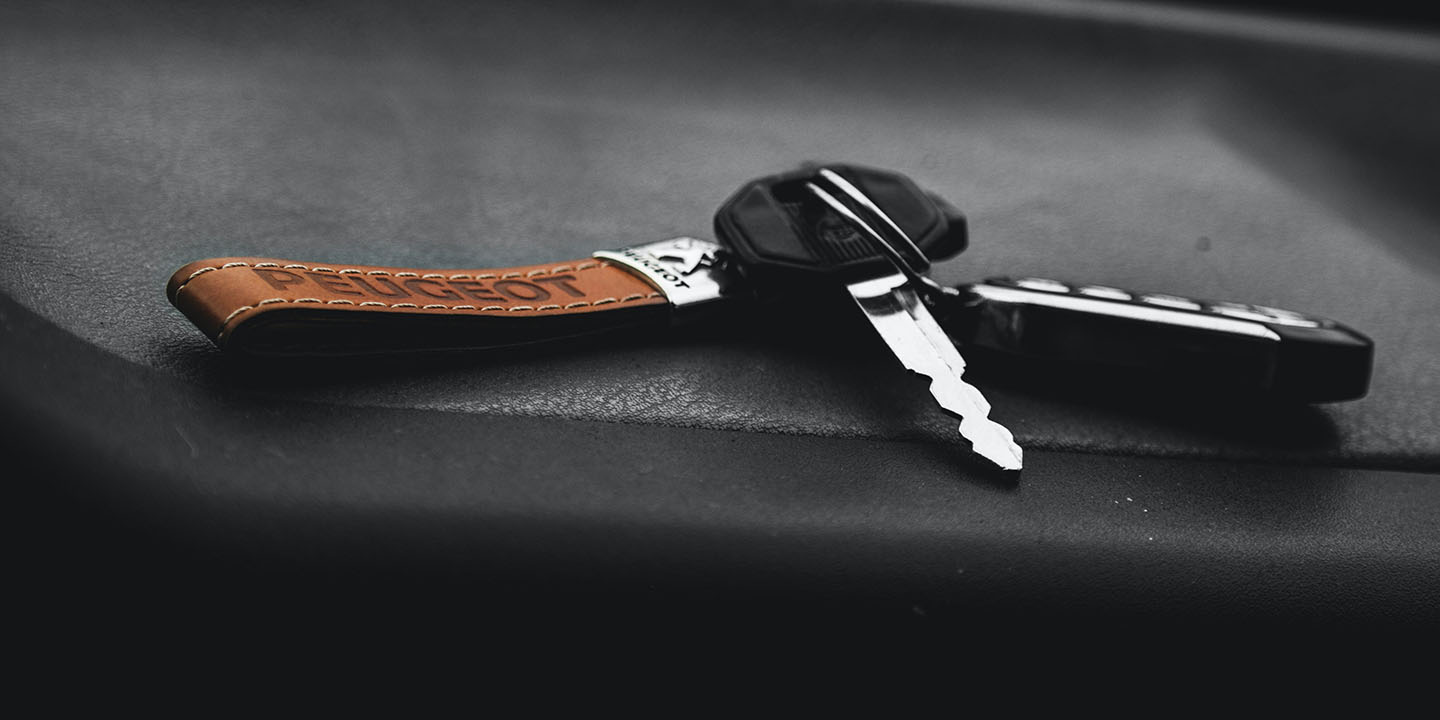Road Wisdom: Fact Or Fiction?
Think you know the truth about driving? Over the years, you've heard all kinds of "facts"—some that make sense and others that just sound a bit off. But how many of these so-called "facts" are just myths, and how many "myths" are actually a lot more factual than you thought? Let’s cut through the noise and start by debunking the driving myths that are completely bogus.
1. Red Cars Get More Tickets
Many assume red stands out more, making it an easy target for law enforcement. However, there is no evidence that red cars get ticketed more often than other colors. Since neutral-colored cars are more common, they are simply more likely to be involved in accidents and violations.
2. Hands-Free Devices Are Safer
A study from the National Safety Council found that hands-free conversations are just as distracting as handheld ones. Your brain struggles to focus on two complex tasks simultaneously: talking and driving. This phenomenon reduces reaction time and situational awareness.
3. Warm Up Your Car
While this was true for carbureted vehicles, modern engines operate differently. Today's fuel-injected systems are designed to run efficiently from the moment the car starts. The U.S. Department of Energy states that most modern vehicles warm up best by driving gently for the first few minutes.
4. Bigger Vehicles Are Safer
Larger vehicles generally offer more protection in a collision, but they also come with trade-offs. Heavier vehicles have longer stopping distances, and taller ones have a higher center of gravity. Some large SUVs and trucks perform worse in certain crash tests than smaller sedans with advanced safety engineering.
5. Driving Barefoot Is Illegal
No state in the U.S. has laws prohibiting barefoot driving. Although it's legal, driving barefoot can reduce grip and pedal control, especially if your feet are wet or sweaty. Loose footwear poses an even more significant risk, as they can slide off and get stuck under the brake or gas pedal.
6. Filling Up In The Morning
Getting gas early in the morning doesn’t mean you’ll get more fuel. Gas is stored in underground tanks where temperatures stay relatively constant. The difference in fuel density throughout the day has no real impact on how much you get.
7. Highways Are More Dangerous
Highways are safer than city streets. The Federal Highway Administration reports that most fatal accidents occur on local roads, not highways. The reasons? Intersections and unpredictable traffic patterns. Highways have controlled entry and exit points and more consistent speeds.
8. Parking Lights Are Enough
Some drivers assume that parking lights alone are sufficient when visibility starts to drop. This belief can lead to serious accidents. Parking lights are designed for stationary vehicles, not moving traffic. They don't provide enough illumination for drivers to see the road or for other vehicles to notice them.
9. Pump ABS Brakes
Before Anti-lock Braking Systems (ABS) became standard, drivers were taught to pump the brakes to prevent skidding. ABS automatically pulses the brakes faster than any human can to help the car maintain traction and stability. The best approach is to firmly press the brake pedal and let the system do the work.
10. Turning Off The AC Saves Fuel
Some drivers swear that switching off the air conditioning dramatically improves gas mileage, but the reality is more complicated. While AC does use extra fuel, rolling down windows at high speeds creates aerodynamic drag. SAE International's studies found that the difference in fuel consumption between AC and open windows depends on speed.
Not everything you've heard is nonsense. Some old advice, strange as it sounds, is backed by real data and experience. So, which driving tips should you believe? Let's get into the facts.
1. Modern Automatics
Manual transmissions once had the edge in gas mileage, but technology has flipped the script. Many modern automatics now outperform manuals in fuel efficiency. According to the EPA, these advanced systems optimize gear shifts more effectively than human drivers.
2. Driving Slowly Is Dangerous
Most people worry about speeding, but driving below the speed limit can be just as risky. Slow drivers disrupt traffic flow, leading to sudden lane changes and rear-end collisions. Vehicles moving significantly slower than surrounding traffic increase accident risk, especially on highways.
3. Cruise Control Saves Gas
Maintaining a consistent speed is one of the best ways to improve fuel efficiency. Cruise control helps by reducing unnecessary acceleration and deceleration, which consume extra fuel. The Department of Energy confirms that using cruise control on flat roads can improve mileage by up to 14%.
4. Tinted Windows Reduce Glare And Heat
Many assume window tinting is just for aesthetics, but it serves a functional purpose. Tinted windows block UV rays, reduce glare, and lower interior temperatures. The Skin Cancer Foundation even recommends window tint as a protective measure against prolonged sun exposure.
5. Tire Pressure Affects Fuel
Underinflated tires make the engine work harder, which leads to higher fuel consumption. The U.S. Department of Energy states that inflated tires may improve gas mileage by up to 3%. Low pressure also increases tire wear, making blowouts more likely.
6. Heavier Keychain Damage Ignition
That overloaded keychain dangling from your ignition might seem harmless, but it can cause real damage. The weight adds strain to the ignition cylinder, increasing wear and potentially leading to ignition switch failure. Mechanics have seen cases where excessive keychain weight caused cars to stall while driving.
7. Ticketed For Dirty License Plates
A dirty or obstructed license plate can lead to a fine in some states. Police need to read plates clearly, especially at night or from a distance. Mud or even decorative frames that cover part of the numbers or letters can get you pulled over.
8. Intersections Have Sensors
Ever sat at a red light, wondering if the signal is stuck? Some intersections have sensors that detect waiting vehicles to trigger a green light sooner. These sensors are embedded in the pavement (look for rectangular cuts) or mounted on traffic poles using cameras.
 Srosenow 98 (talk) on Wikimedia
Srosenow 98 (talk) on Wikimedia
9. Air Filter Affects Performance
A clogged air filter causes the engine to work harder, which reduces fuel efficiency and power. The Department of Energy reports that changing a dirty air filter will improve acceleration by up to 11%. Modern engines adjust for airflow changes, so the impact isn't as severe as it was in older cars.
10. Roundabouts Are Safer
They might confuse some drivers, but roundabouts significantly reduce severe crashes. The Insurance Institute for Highway Safety mentions that roundabouts decrease injury collisions by 75% compared to traditional intersections. They keep traffic flowing and reduce the need for sudden stops.


























